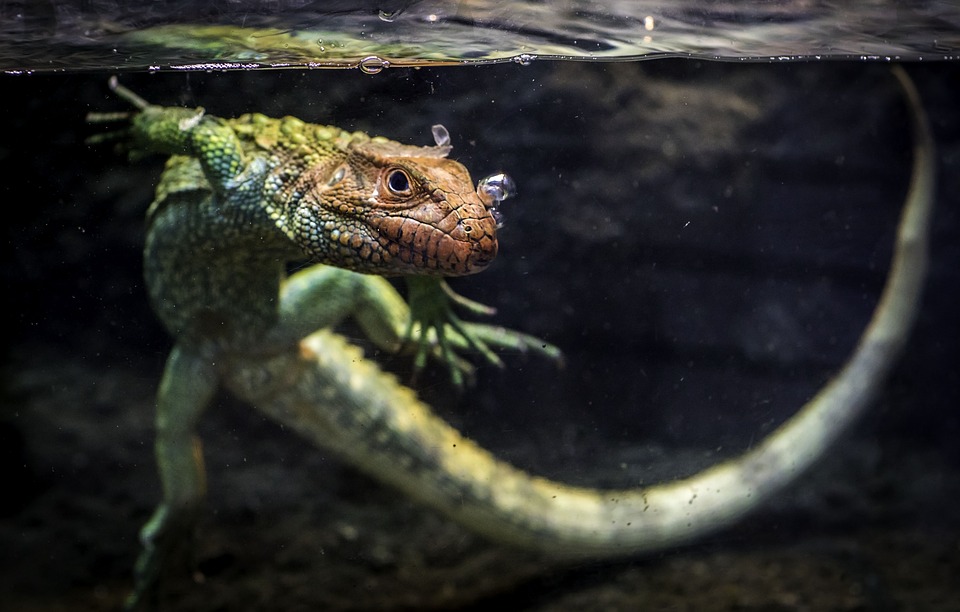The Lizard’s Dilemma: How Slow Movement Affects their Ability to Evade Predators
Lizards have been a part of our planet’s ecosystem for millions of years, and their ability to thrive in a wide range of environments is a testament to their remarkable adaptability. However, one aspect of their biology that is often overlooked is the impact of slow movement on their ability to evade predators. In this article, we’ll delve into the fascinating world of lizard locomotion and explore the dilemma they face when trying to balance speed with stealth.
The Evolutionary Conundrum
Lizards have evolved to be nimble and agile, with many species able to move quickly to escape predators or catch prey. However, this rapid movement comes at a cost. As lizards increase their speed, they also increase their noise, heat signature, and visual profile, making it easier for predators to detect them. This is where the lizard’s dilemma comes in. On one hand, moving quickly allows them to cover more ground and escape danger, but on the other hand, it makes them more visible and vulnerable to predators.
The Consequences of Slow Movement
So, what happens when lizards slow down? For many species, slow movement can be a recipe for disaster. Without the ability to quickly flee or hide, they become sitting ducks for predators. Even small reptiles, like geckos and chameleons, can be preyed upon by birds, snakes, and other animals. For larger lizards, such as monitor lizards and iguanas, slow movement can be catastrophic, as they are more likely to be attacked and consumed by larger predators.
The Lizard’s Response
So, how do lizards respond to this dilemma? Well, they’ve developed a range of strategies to cope with the trade-offs between speed and stealth. Some species, like the anole lizard, have developed exceptional camouflage abilities, allowing them to blend in with their surroundings and move slowly without being detected. Others, like the green iguana, have developed impressive speed and agility, allowing them to quickly escape danger.
Image: An anole lizard (Anolis carolinensis) uses its exceptional camouflage abilities to blend in with its surroundings.
FAQs
Q: Why do lizards move slowly in the first place?
A: Lizards move slowly for a variety of reasons, including to conserve energy, regulate their body temperature, and navigate through dense vegetation.
Q: How do lizards evade predators when they’re moving slowly?
A: Lizards use a range of strategies to evade predators, including camouflage, rapid color change, and hiding in crevices or under vegetation.
Q: Can all lizards move quickly?
A: No, not all lizards are capable of moving quickly. Some species, like chameleons and geckos, are much slower movers than others, like monitor lizards and iguanas.
Q: What are the most common predators of lizards?
A: The most common predators of lizards include birds, snakes, mammals, and other reptiles.
Q: Can lizards move quickly and still evade predators?
A: Yes, many lizards are capable of moving quickly and still evading predators. However, this often requires a combination of speed, agility, and camouflage.
By exploring the lizard’s dilemma, we can gain a deeper appreciation for the complex strategies that these fascinating creatures have developed to survive in a challenging world. Whether they’re moving quickly or slowly, lizards are always adapting and evolving to thrive in their environments.



